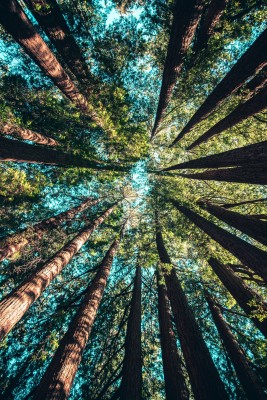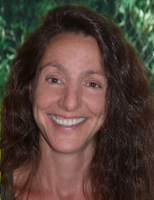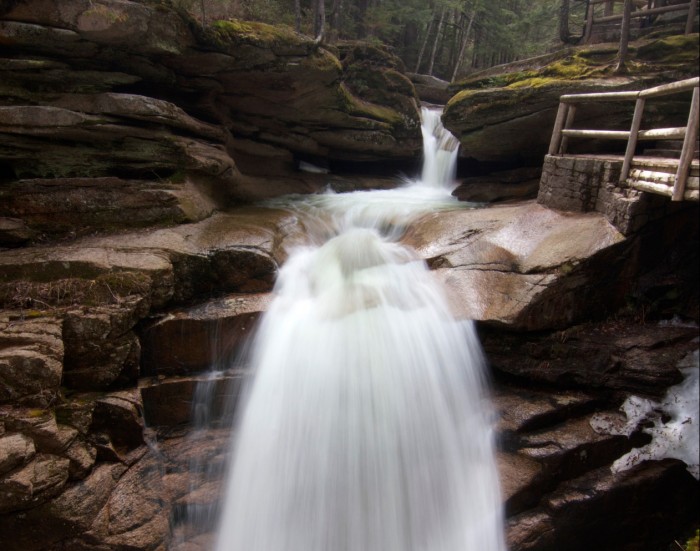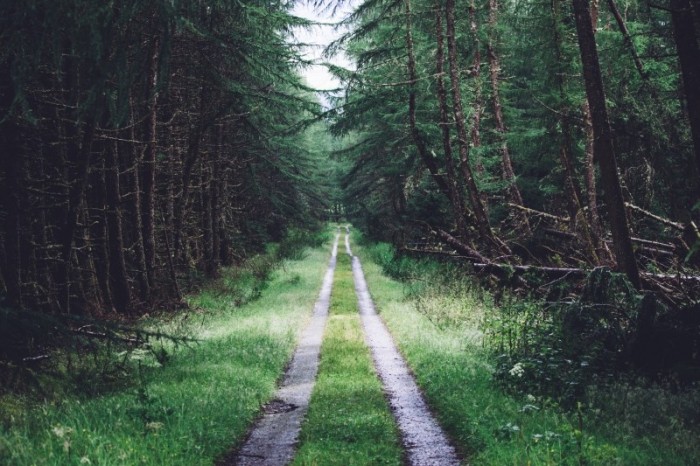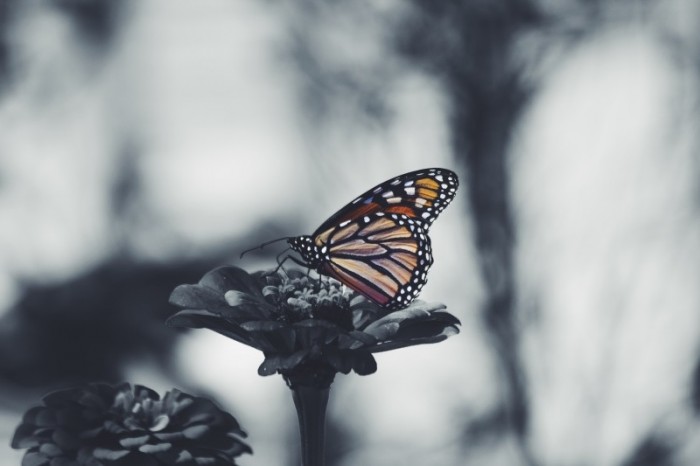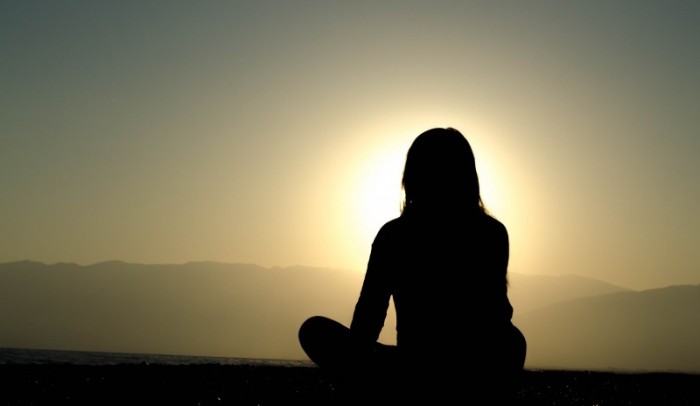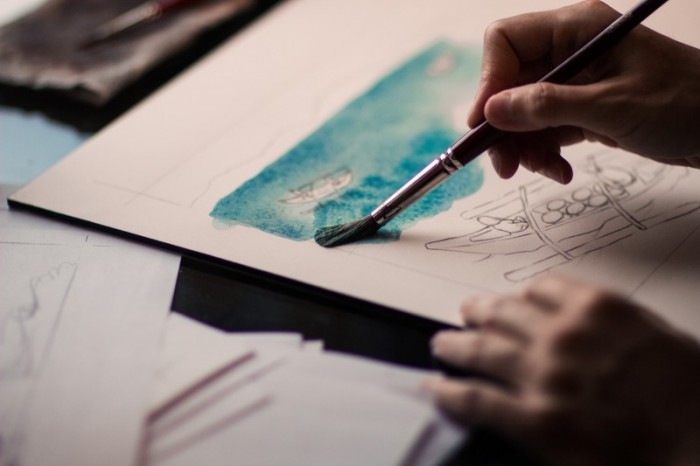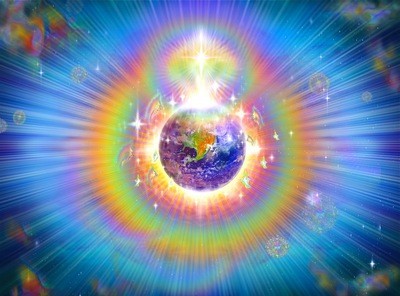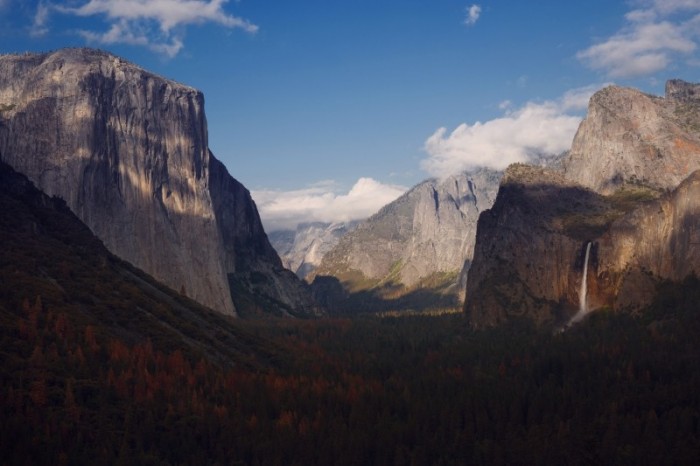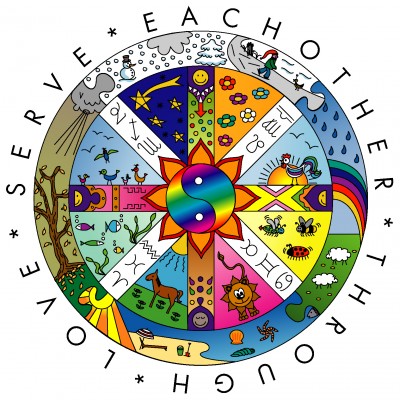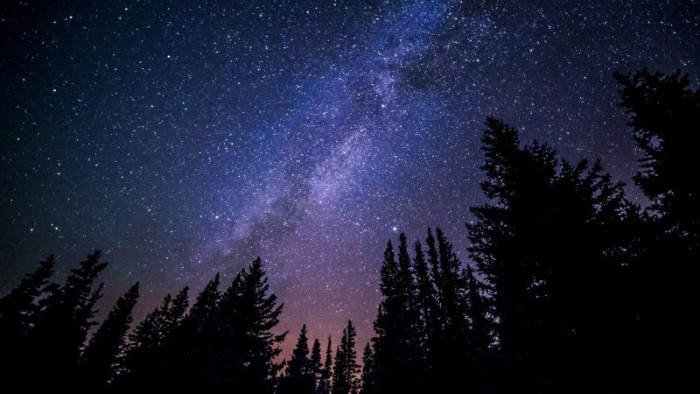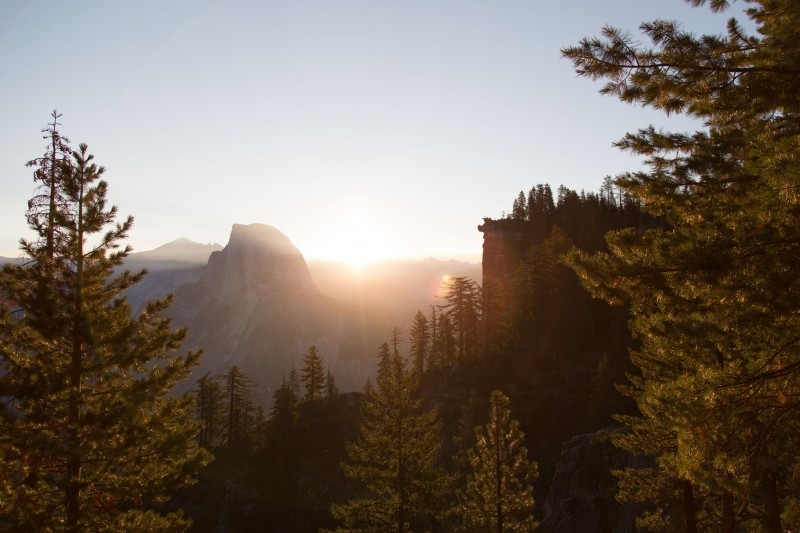Just as our planet contains all of the resources we need to create and heal — awaiting only our discovery and ingenuity — we contain the ability to self-heal on an intrinsic level. This was brought home to me one day when, in the midst of a strong (and highly unusual for me) allergic reaction, I was looking for a homeopathic remedy.
To my great astonishment and amusement, one of the chief ingredients in the remedy I selected was ignatia amara. I picked another remedy off the shelf, and discovered ignatia amara listed there as well.
In fact, when I did an online search of the remedy, it seemed to describe my very nature to a “T”: “Women of sensitive nature, mild disposition, quick to perceive, rapid in execution. Rapid change of mental and physical condition, opposite to each other.” The website also stated a supreme aversion to coffee — and I can’t stand the smell of brewing coffee!
The Heart of Healing
I smiled in wonder at all this: I am my own antidote. The feeling was immensely empowering. We each, all, contain the answer to whatever toxin that’s currently affecting us, whether physical or mental, personal or global. We need not use a canon when a kiss will suffice: becoming homeopathic is about recognizing, and choosing to use, the smallest possible “dose” to activate healing.
This is how we begin crafting the new global community we’ve been inching towards for decades. It’s a spiritual emergence-y (emerge and see), as we emerge from the cocoon of complacency, the old paradigm, into a courageous new world. Courageous, from the French, means “heart”.
Now it’s about choice: how quickly and collectively we will segue from the old reptilian, limbic brain (the same impulse that drives materialism, separation, self-interest, and misuse of power) into the higher realms of consciousness, where love, wisdom and power are synthesized into service.
It’s a quantum yet infinitesimally subtle shift: from scared to sacred, density to destiny, toxic to tonic, reactive to creative. Homeopathy operates on the principle of “like cures like”, and the minusculedose: the more dilute the dosage, the more powerful the remedy. It’s the exact opposite of what you might expect to effect a healing. Not a canon, a kiss.
I invite you to become homeopathic. Discover and embrace your inner healing/wholeness that has always been there, and decide to make the subtle shift that brings you back to balance.
As for me, I’m going to live ever more deeply into my own name. Blessings!
© Copyright 2010-2018 Amara Rose
About the author:
Amara Rose is a metaphysical “midwife” for our global rebirth. A former personal health columnist for Nation’s Business magazine, she’s written for numerous other publications, both digital and print. Subscribe to Amara’s resource-rich monthly newsletter. You can connect with her on social media at Twitter, Facebook, and LinkedIn.



